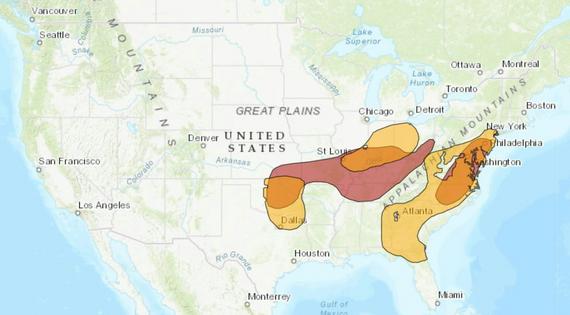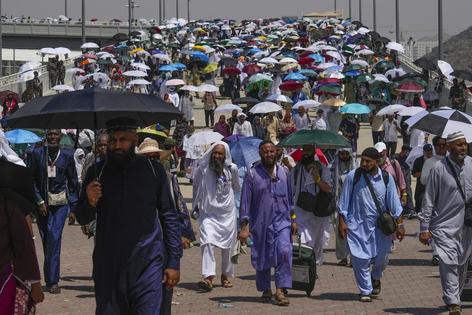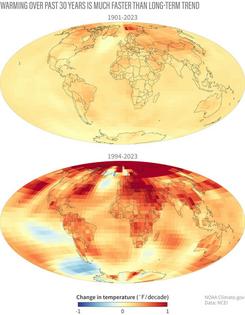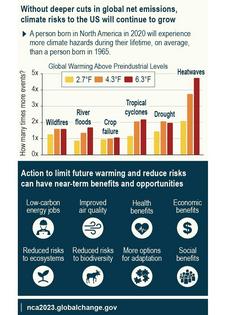Extreme heat waves aren’t ‘just summer’: How climate change is heating up the weather, and what we can do about it
Published in Science & Technology News
The heat wave that left more than 100 million people sweating across the eastern U.S. in June 2024 hit so fast and was so extreme that forecasters warned a flash drought could follow across wide parts of the region.
Prolonged high temperatures can quickly dry soils, triggering a rapid onset drought that can affect agriculture, water resources and energy supplies. Many regions under the June heat dome quickly developed abnormally dry conditions.
The human impacts of the heat wave have also been widespread. In Ohio and Pennsylvania, emergency room visits for heat-related illnesses surged. Several Massachusetts schools without air conditioning closed to protect kids and teachers. In New York and New Jersey, electric wires sagged in the heat, shutting down trains into and out of New York City and leaving commuters stranded.
We study weather patterns involving heat. The June 2024 heat wave was unusually early and long-lasting compared with typical patterns for the Northeast U.S.
It was caused by a large high-pressure system called a heat dome that extended from the ground more than 10 miles up through the atmosphere. A heat dome is both a cause and an effect of extreme heat. Very large and strong heat domes, like the Northeast event – which reached higher into the atmosphere than any previous June event – have a greater potential for higher temperatures impacting more people.
It was also part of a global outbreak of early season heat that put lives at risk in many countries around the world.
Record heat has hit several countries across the Americas, Europe and Asia in 2024. In Mexico and Central America, weeks of persistent heat, with temperatures as high as 125 degrees Fahrenheit (51.8 Celsius), combined with prolonged drought have led to severe water shortages and dozens of deaths.
Extreme heat turned into tragedy in Saudi Arabia as over 1,000 people on the Hajj, a Muslim pilgrimage to Mecca, collapsed and died. Temperatures reached 125 F (51.8 C) at the Grand Mosque in Mecca on June 17.
In Greece, where temperatures were over 100 F (38 C) for several straight days in June, at least several tourists died or were feared dead after going hiking in dangerous heat and humidity.
India also faced temperatures around 120 F (49 C) for days in April and May that affected millions of people, many of them without air conditioning.
...continued

















Comments